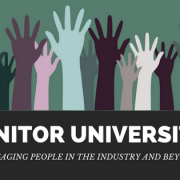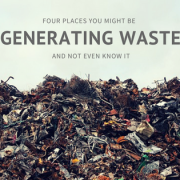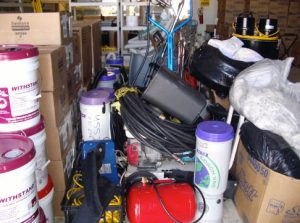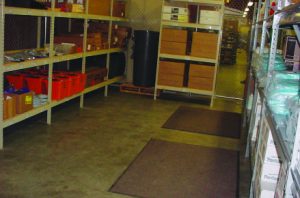Janitor University: Educating People from Around the Industry and Beyond
Approximately 10 percent of the average custodial budget is dedicated to “stuff” or the products and equipments used to clean the facility—that’s about $20 billion a year, based on our estimates. The other 90 percent of a custodial budget is dedicated to labor, which adds up to approximately $200 billion a year. Outside of a few federal regulatory standards established by agencies like the Occupational Health and Safety Administration (OSHA) and the Environmental Protection Agency (EPA), very few standards or systems are in place to regulate how cleaning is performed. As a result, people clean in a variety of different ways, which results in cleaning that looks like this:
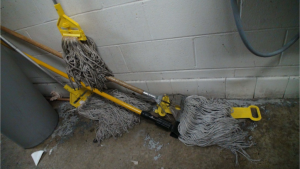
and this:
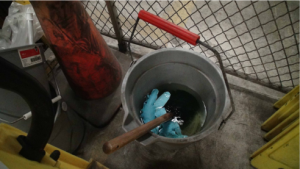
There’s also a large gap in the amount of training resources available to educate facility managers and custodial professionals on how to manage the products and equipment used in their business (10%) and the amount of training to help them manage the labor (90%).
There are several fantastic training programs offered by manufacturers and distributors around topics like disinfection and stain removal, but very few provide insights on how to create a career path for frontline cleaning workers to reduce turnover.
That’s where Janitor University (JU) comes in. JU is a professional development class designed for cleaning executives, facility directors, contractors and anyone else with relationship to a professional cleaning operation. The curriculum, developed by end-users, is updated on an ongoing basis and largely focuses on how to manage that 90 percent of your budget. It teaches attendees how to develop custodial operations that can be managed and tracked on a daily basis.
We’ve recently started to see more people attending JU who aren’t directly responsible for cleaning operations, but, for example, may be designing the rooms and picking the surfaces in a hospital or laboratory that will need to be cleaned and maintained. This tells us that more people are paying attention to cleaning and understanding its impact—a great thing! Last week, we hosted a JU Train the Trainer course that included representatives from one of the leading facilities management companies, industry manufacturers, product designers, professional trainers and an architect!

Our April Train the Trainer session brought together dozens of people, including facility management professionals, designers and architects.
When people come out to JU for the first time, they never know what quite to expect. While we do a lot of classroom style instruction during a JU session supported by real-life scenarios and data we’ve collected, there is also a lot of dialogue and sharing between participants. Attendees to JU will leave with several new contacts, an understanding of how to effectively manage that remaining 90 percent of their budget and have hopefully had some fun!
As anyone who is responsible for cleaning knows, custodial operations have a significant impact on the health of building occupants, the lifespan of a building and the overall cost of a facility’s budget (more than 30 percent!). So it’s exciting to see the different groups of people who want to learn more about what we do. When more people understand how to clean using a systematic and measurable approach, everyone wins.

